Menu
As we head towards cooler months, it is critical to maintaining a healthy yard. One of the essential tree care practices before winter is adding a layer of mulch around your trees. You can use many mulching materials, but wood chip or arbor mulch offers a wide range of benefits.
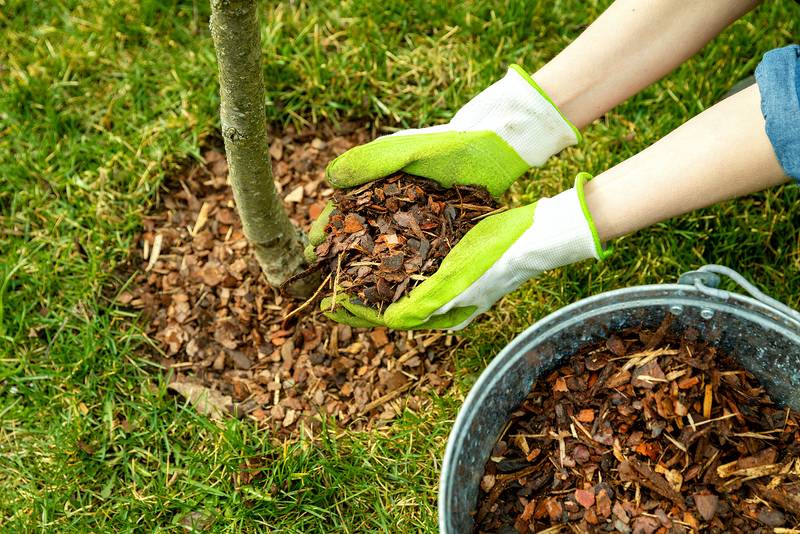
However, there are concerns about the use of mulch, and it isn’t easy to discern myths from the truth. At Driscoll Tree Service, we have a professional and well-trained team of service providers ready to help you make the right decision for your trees. Let’s look at some myths and determine their legitimacy.
While this is a significant concern among homeowners, mulch doesn’t attract rodents. However, if mulch is piled high, it increases the chances of attracting unwanted critters as it decays. We recommend adding a 2-4-inch layer of mulch, ensuring your trees have access to nutrients and the roots are warm throughout winter. Rodents usually build homes by tunneling, so a thin layer of mulch can’t support nesting. Hire a professional tree service if you need professional help to ensure your trees get the right mulch.
This myth is true, as termites only feed on deep and damp mulch. Termites usually prefer large wooden structures that are damp and soft, like softwood and cardboard. Wood chips are an excellent mulching material because they contain a mixture of dry wood types, which aren’t a termite’s favorite food. Wood chips from cedar and redwood are also recommended for mulching because they contain compounds that repel termites.
Mulch is an organic substance that has little impact on soil acidity. Although the part of the soil in contact with mulch may acidify a little as it breaks down, it can’t alter the soil acidity. The roots are spread out and can’t be affected by the slight acidity on the surface. If you are mulching your trees, avoid mixing fresh mulch deep into the soil to allow air circulation and effectively disburse nutrients as mulch decays.

Mulch temporarily ties up nitrogen during decomposition, making it unavailable to plants. The impact is only felt on the surface in contact with the mulch, meaning it has little effect. The roots are deeper down beneath the surface, where they can access nitrogen released from the mulch. It is advisable to onboard a reputable tree care company to ensure mulch is mixed correctly in the soil without risking the well-being of your trees.
Diseases need a specific environment for them to thrive, and improper mulch application can create these conditions. As mentioned, the proper way to apply mulch is to ensure it is between 2-4 inches away from your trees to prevent trapping moisture and subsequent contamination. If you suspect deterioration on your trees after applying mulch, you need to hire a tree care company for maintenance.
Contact us at Driscoll Tree Service and schedule a consultation with our representatives. We leverage extensive industry knowledge and experience to ensure your trees are in tip-top condition throughout the year.
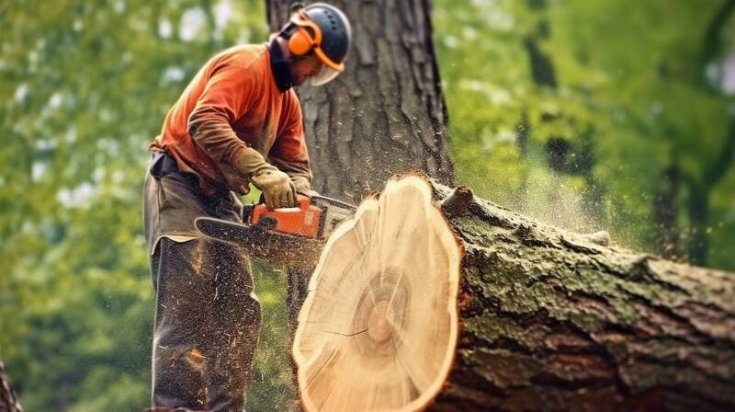
How to Effectively Remove Large Trees with Roots Large trees have vast root systems, which are crucial for proper growth and good health. While trees are magnificent entities that provide many benefits, there are times you need to remove them.…
Read More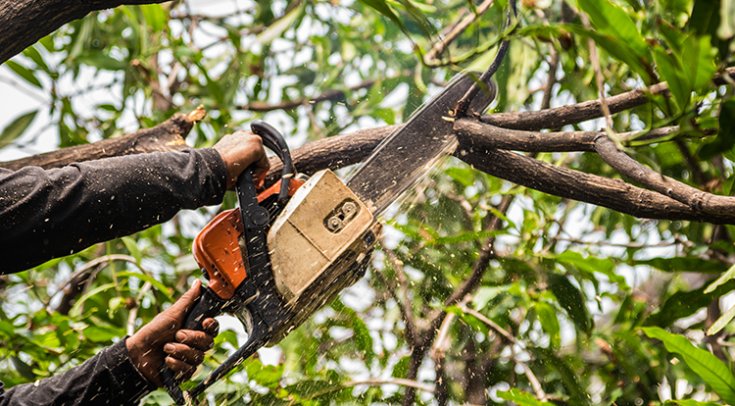
Guide to Trimming Trees Near Power Lines If there’s one piece of advice we could give about trimming trees near power lines, it would be this: leave it to the trained and experienced professionals. Working around live power lines is…
Read More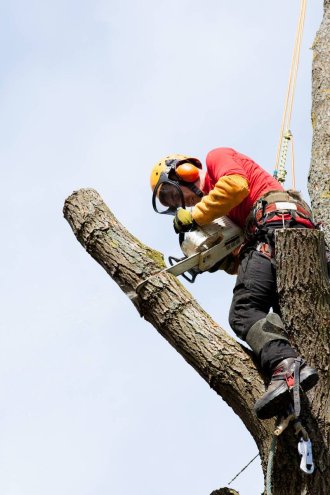
5 Bad Pruning Examples Tree pruning and trimming are vital for maintaining a healthy and aesthetically appealing yard. Proper tree care ensures robust growth, a sturdy structure, and a beautiful shape. However, improper pruning can cause serious issues such as…
Read More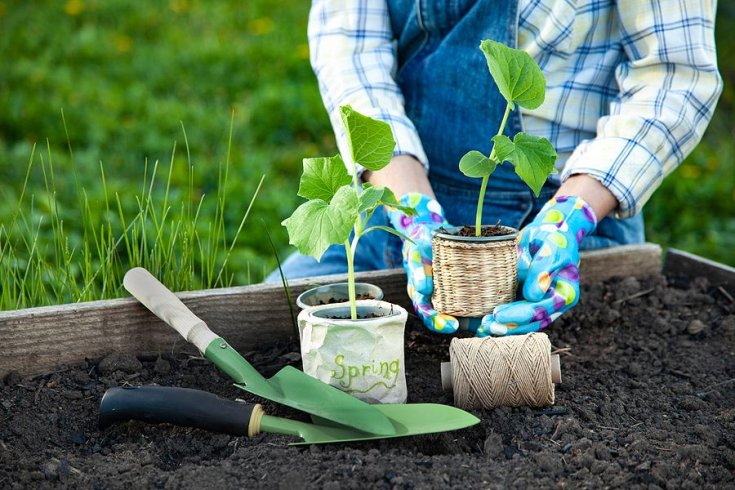
Do's and Don'ts of Tree Planting As winter approaches and the rains approach, it is an excellent time for tree planting. Trees are a valuable addition to any landscape; like other living things, they need regular maintenance and care. At…
Read More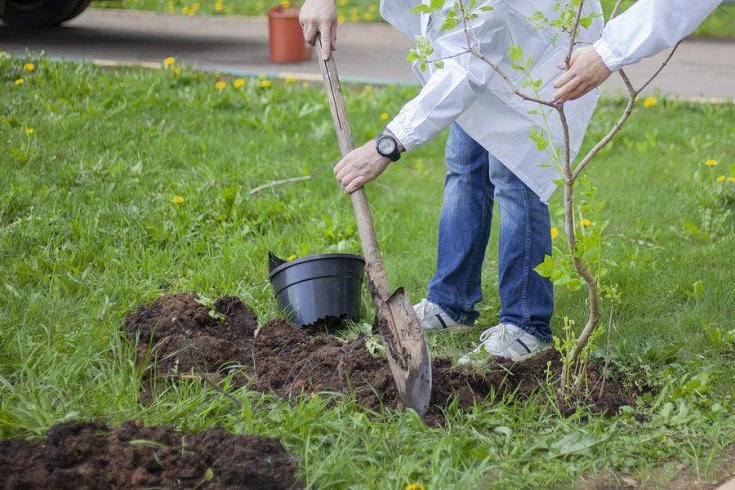
Planting Trees Properly Planting a tree is a rewarding and environmentally conscious act. However, following the proper planting techniques is essential to ensure its long-term health and growth. Here’s a helpful guide through planting a tree. As a professional and…
Read More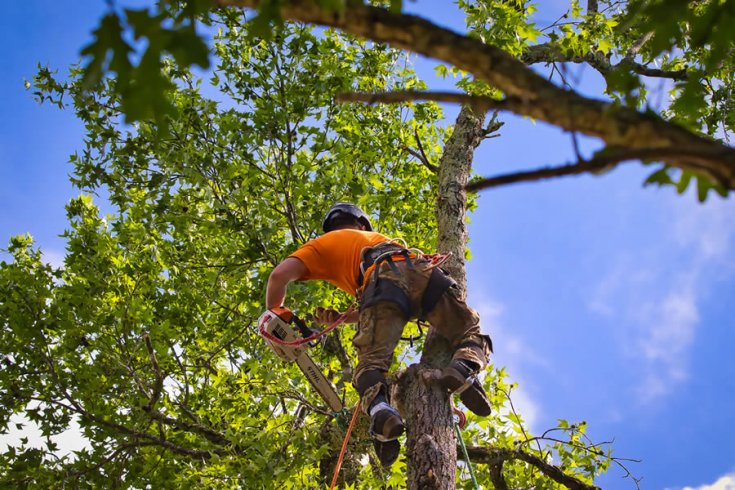
Benefits of Tree Trimming Do you have a tree that needs a lot of attention, but you're unsure what to do? Whether your tree is growing too close to the house, hangs over the driveway, or is growing unevenly, the…
Read More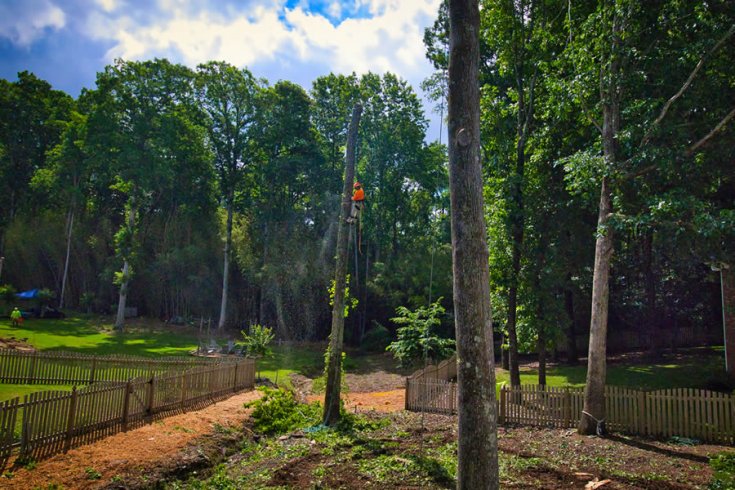
How to Tell if a Tree is Dead or Dying Trees are a valuable addition to any landscape; after spending a lot of time with them, you can tell when something is off. Some signs of damage can be detected…
Read More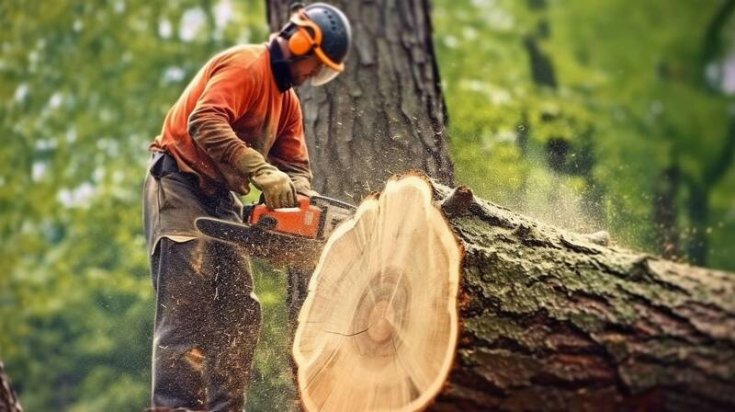
Should You Remove a Tree Close to Your House? Pros, Cons, and Safe Options Trees are more than just pretty landscape features. They also provide shade that can reduce energy costs, improve air quality, and, in some cases, even “magically”…
Read More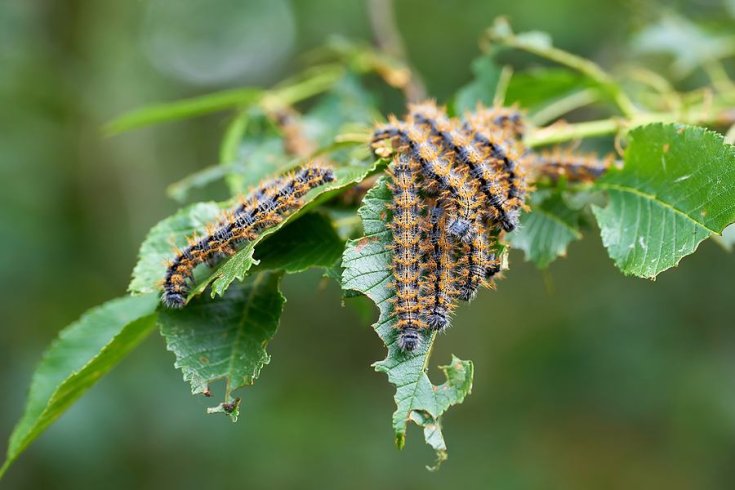
Controlling Tree Pests and Diseases Without Harming the Environment Maintaining healthy trees often entails controlling pests and diseases. With all the different ways homeowners can protect their yards, some cause more environmental damage in the long run. It is advisable…
Read More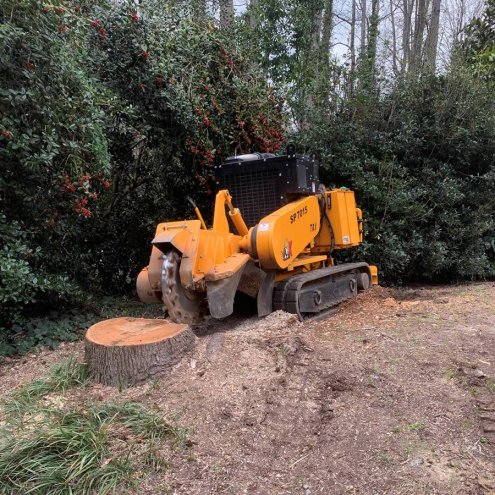
Why Stump Grinding Is an Important Part of Tree Removal We hate to see a tree go. Most homeowners do. After all, trees offer shade, privacy, and character to a yard; some even give us delicious fruit. So, taking one…
Read More